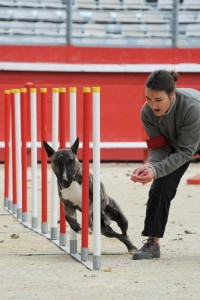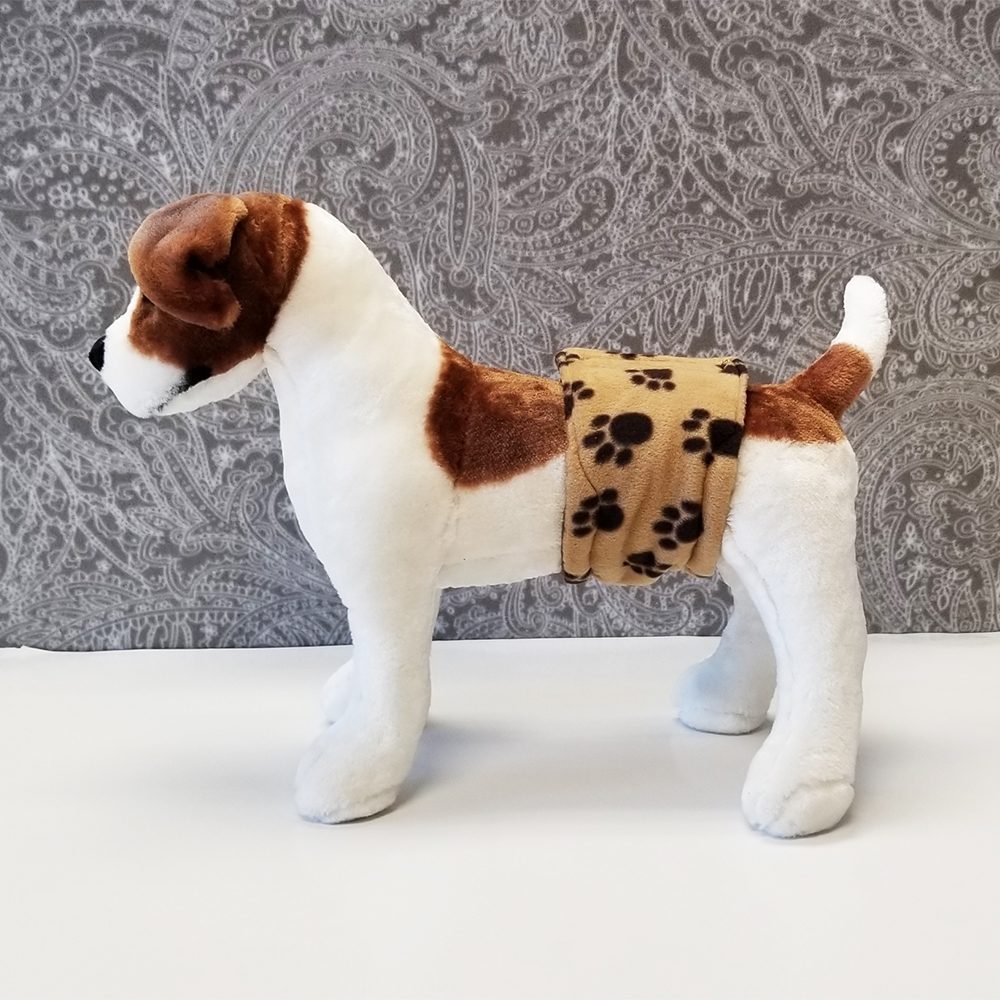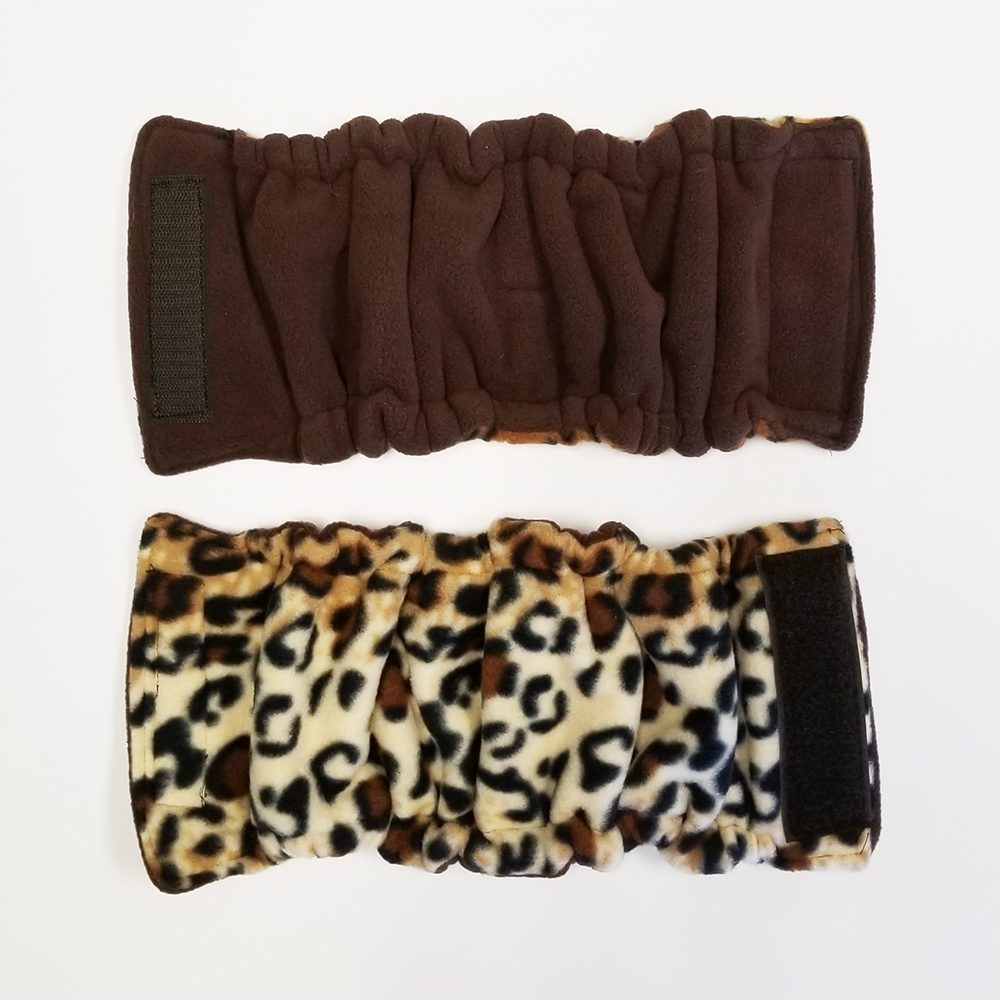Agility
Imagine your dog sailing over a jump, then quickly turning and climbing a six-foot A-frame. Slowing for a split second so that his/her feet touch the yellow contact point at the bottom of the A-frame, your dog is off, diving into a tunnel, quickly maneuvering over a twelve-inch wide board that is positioned four and one-half feet off the ground, jumping through a tire and weaving at high speed through a line of poles. This is agility, and it is one of the fastest growing dog sports.
Agility originated in England in 1979 and is loosely based on the premise of horse jumping. It’s a fun, fast-paced sport that demonstrates teamwork as a handler guides his dog through a pre-determined course of obstacles. There are several distinct classes in agility, each with their own set of obstacles, guidelines and goals. In some classes, the idea is to have the dog complete the course in the fastest time, without knocking over or refusing any obstacles. In other classes the obstacles are given point values and the goal then becomes to accumulate as many points as possible for successfully completing the most obstacles within the allowed time. A title can be earned in each class, and in every class you choose to run there is a lot of fun to be had along the way. Competitors are generally friendly, helpful and offer encouragement during training and at trials.
TRAINING CLASSES
In order to begin training your dog, the first step is to find a local agility club that offers training classes. These clubs usually offer beginner, intermediate or advanced level classes.
Puppies can start training on the down ramp of an A-frame, learning to stay on the contact point or perhaps going through tunnels or through tires that are hung a few inches from ground level. A puppy should not be asked to jump more than one-foot in height until his/her growth plates have closed, and because of this you will not be able to enter actual agility trials until your dog is twelve to eighteen months of age, depending on the trial and governing organization.
Early training should be a positive, fun experience. Short sessions are best. Keep the lessons fun and never let your puppy become bored. If you play games such as ball and tug with your puppy from the time that he/she is quite small, the two of you will become the best of friends, which will ease future training. Show your dog that you’re excited about agility and he/she will feel the same. Never exhibit anger when you are training your dog. Your pet will remember it long past any lesson that he/she may have learned that day.
One of the most important commands that you can teach your pup before beginning agility classes is the Come command. Learning to obey this command is the first step in keeping your pup under control in the agility ring.
Once the pup is older, your instructor will help you to build on the basics that you have taught by introducing more challenging obstacles. Some dogs will learn more quickly than others, so be patient.
Dog Agility Organizations:
AKC www.akc.org
USDAA www.usdaa.com
NADAC www.nadac.com
This information is copyrighted and is the property of the author. You may not use any information from this page; however, you may link to this page.




